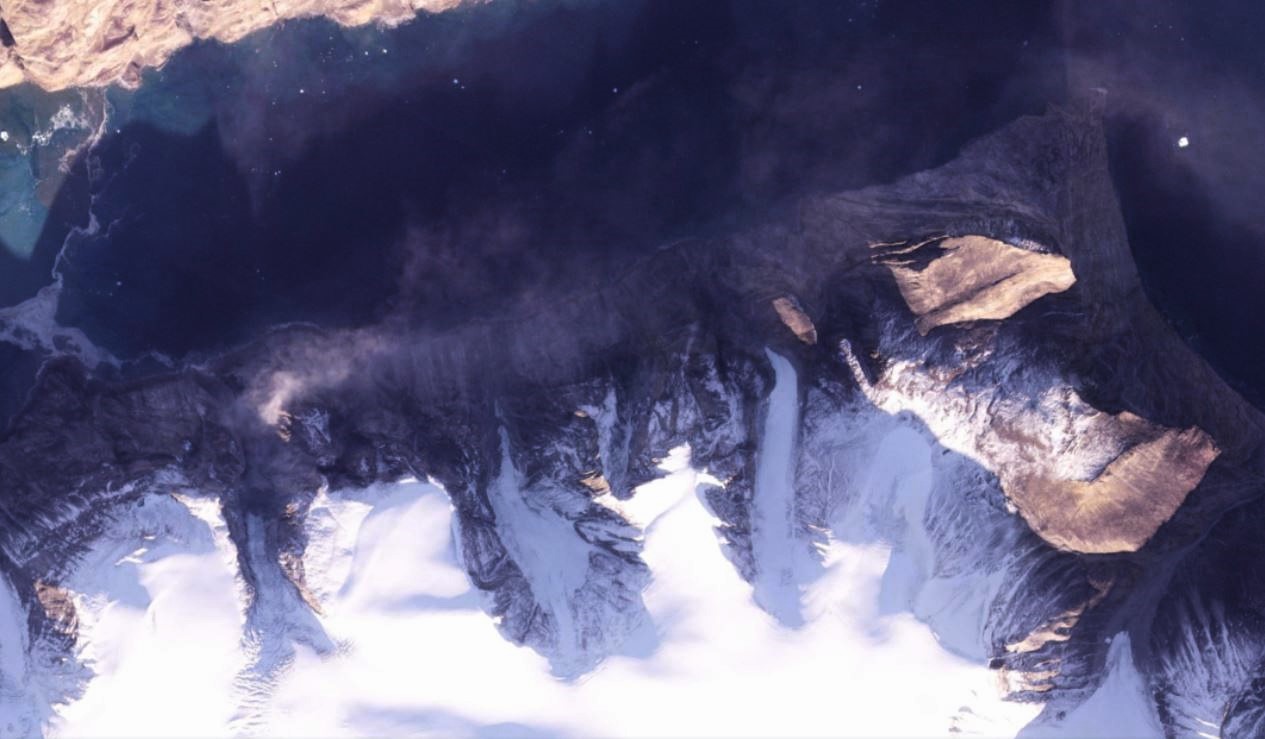A bridge with an enclosed lower deck, such as is provided on bridges in Hong Kong, would provide just as good an access as a tunnel would have in any weather.
Most likely not, it would impose major restrictions on the ampacity of the connection due to the difficulty of cooling.
The capacity of a surface connection integrated into a bridge would be much greater than that in a tunnel for this reason.
Worth noting that those were the P95 prices with lots of optimism bias, and that the bridge option was a combined road-rail bridge rather than a rail-only tunnel.
Both options spent an awful lot of money on rail infrastructure that wasn't on the bridge/tunnel.
Indeed the rail connections alone cost two-thirds as much as the bridge itself.
These studies and similar are part of the root of what is wrong with UK Industry, construction and the railways.
Meanwhile in Norway they have long term plans to drive a 1000km highway across multiple fjords to improve connectivity to a city on the end point which is the size of Derby! The largest city on the route is the size of Hull and yet they are looking at submerged floating tunnels, the worlds longest suspension bridge and tunnel/bridge hybrids.
The key issue with construction in the UK (£100m bat tunnels aside) is that our construction sector has small atomised companies who are entirely project focused and filled with sub contractors rather than IP holding and generating companies/authorities.
Norway has the long term goal to build that costal highway and rather than dismiss it as impossible or uneconomic they work at developing the solutions over time to make it economic. If you demand that a project has to make sense today with existing capabilities/assumptions you will never do anything until decades after other places have done it and you will make a pigs ear of doing it when you get around to it. Hence Norway have already built the worlds longest under water road tunnel as part of this scheme for a relatively tiny cost compared to much less ambitious projects in the UK. They have done this with much better paid people too.
Basically you need to do more R&D upfront and you need to be able to make change decisions during the project faster. Compare and contrast the tale of two space towers, NASA's mobile launch tower for its SLS program that has cost billions and is years late vs SpaceX who have built 2 towers capable of catching a rocket booster in a few years with continuous design changes all the way through. The SpaceX one was built quick because they intensively plan in the short term but only have an outline direction in the long term and an annual budget.
Ireland is a rich and under populated country, they could accommodate a vastly greater number of people. The potential for linking the M62 belt of UK cities and Dublin and Belfast into a single region with 2 hour transport between them is absolutely massive. I would suggest that if you built a floating tunnel or bridge directly across from Holyhead, you'd get to the point where you'd see significant economies of volume producing a standardised tunnelling system, which you could then use to do a Belfast to Glasgow/Edinburgh arc.


